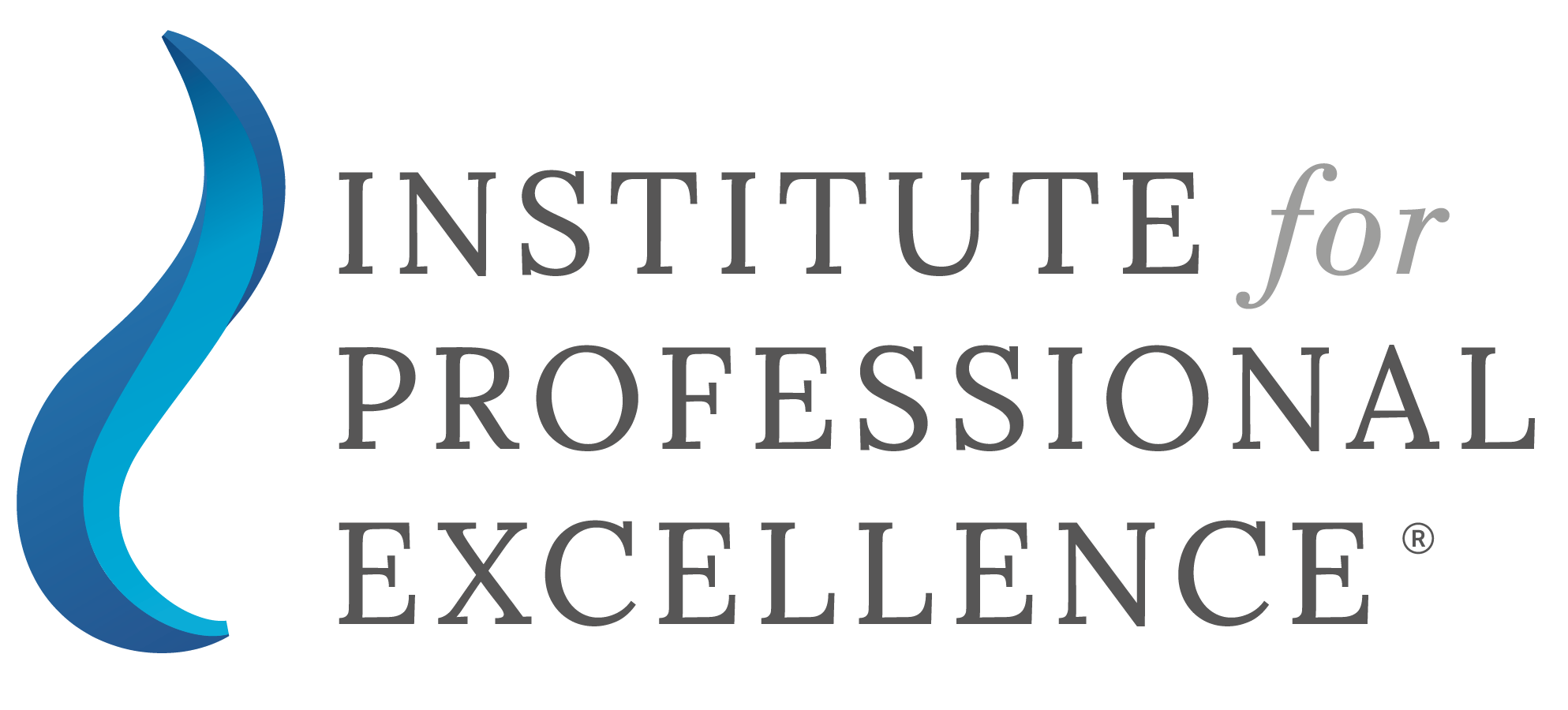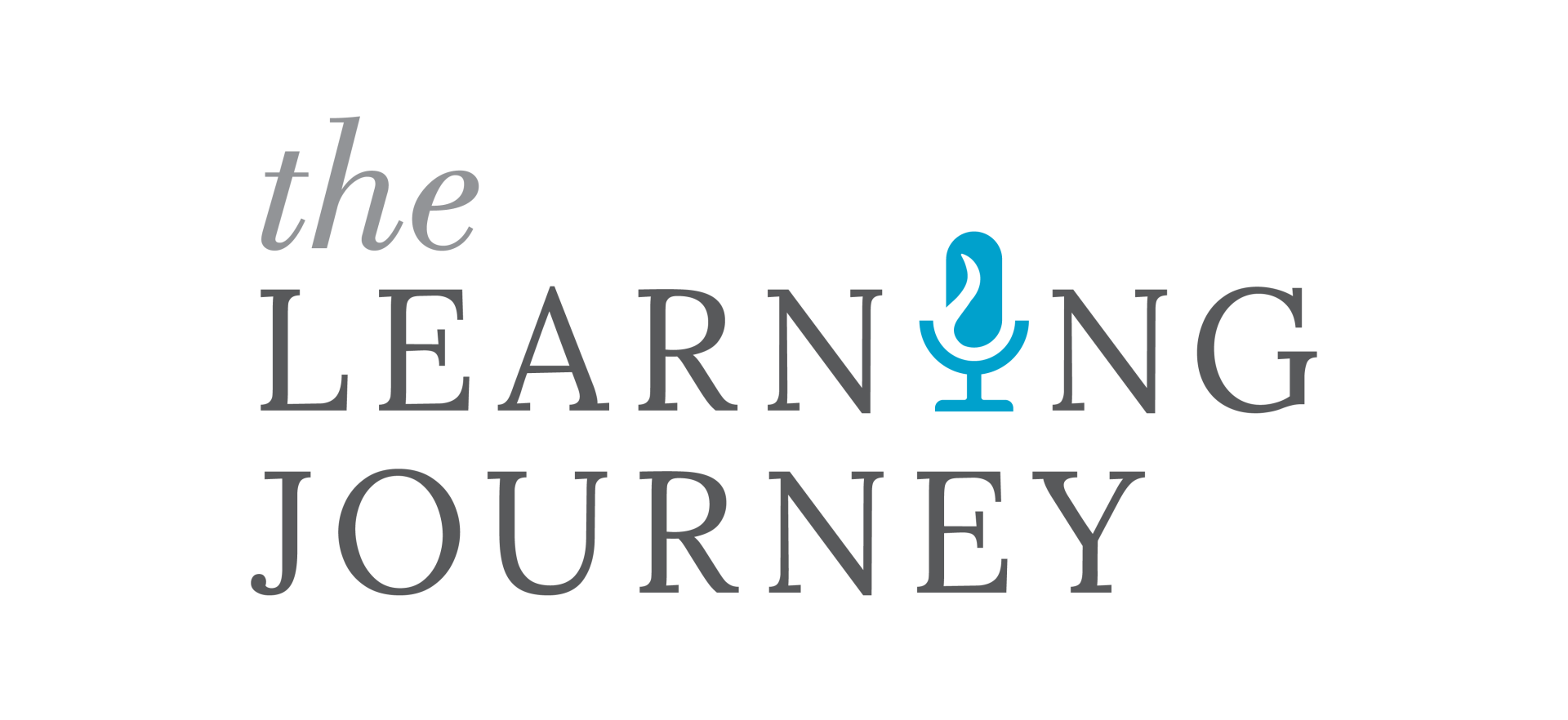Sep 10
/
Despoina Charalampous
Creating a Compliant AML Manual in 2025: A Practical Guide
about the author
Despoina is a Maritime Affairs Officer at the Shipping Deputy Ministry of Cyprus, contributing to strategic development and regulatory alignment in the maritime sector.
With over five years of experience in regulatory compliance for financial services, she has supported Cyprus Investment Firms, CASPs, and other CySEC-regulated entities.
She also serves as a Course Instructor at IforPE and Associate of SALVUS Funds, designing CPD courses for compliance professionals. Her combined experience in enforcement and education provides valuable, up-to-date insights to those navigating evolving regulatory frameworks.
With over five years of experience in regulatory compliance for financial services, she has supported Cyprus Investment Firms, CASPs, and other CySEC-regulated entities.
She also serves as a Course Instructor at IforPE and Associate of SALVUS Funds, designing CPD courses for compliance professionals. Her combined experience in enforcement and education provides valuable, up-to-date insights to those navigating evolving regulatory frameworks.
As regulatory frameworks grow more complex and anti-financial crime obligations tighten, regulated entities must ensure they maintain a clear and comprehensive Anti-Money Laundering (AML) Manual. This manual forms the foundation of a firm’s internal controls, aligning daily operations with national legislation, European directives, and regulatory authorities’ expectations.
In this blog post, Despoina Charalampous, an expert instructor at the Institute for Professional Excellence (IforPE), outlines what an AML Manual must include in 2025, how it should be structured, and why it is a vital tool for ongoing regulatory compliance. In parallel, an online self-paced course titled “Complete Guide to Prepare a Compliant AML Manual in 2025” is now offered through the IforPE platform.
Towards the end of this blog post, you will find detailed information about the competencies gained from this course and how they support the design, maintenance, and implementation of a compliant AML Manual.
What is an AML Manual?
In this blog post, Despoina Charalampous, an expert instructor at the Institute for Professional Excellence (IforPE), outlines what an AML Manual must include in 2025, how it should be structured, and why it is a vital tool for ongoing regulatory compliance. In parallel, an online self-paced course titled “Complete Guide to Prepare a Compliant AML Manual in 2025” is now offered through the IforPE platform.
Towards the end of this blog post, you will find detailed information about the competencies gained from this course and how they support the design, maintenance, and implementation of a compliant AML Manual.
What is an AML Manual?
An AML Manual is an internal document that details the firm’s policies, procedures, controls, and responsibilities for preventing money laundering and terrorist financing. It is a regulatory requirement and must reflect the specific risk profile and structure of the firm.
As outlined in the Prevention and Suppression of Money Laundering and Terrorist Financing Laws of 2007–2025, the AML Manual must demonstrate:
- Alignment with the latest legislative updates.
- A clearly defined scope, applicable to all departments and employees.
- Documentation of the firm’s AML governance, including the roles of the AMLCO, alternate AMLCO, and responsible departments.
The AML Manual must include:
- Scope and Purpose – Defines the manual’s objectives by ensuring legal compliance, guiding internal conduct, and standardizing AML/CFT procedures.
- Applicability and Governance – Specifies the departments and employees covered by the manual. It shall establish who develops, approves, and updates it — typically the AML Compliance Officer (AMLCO), with approval from the Board of Directors.
- Version Control and Documentation – Each revision must be documented, with a version history log stating the date, the changes made, and the person responsible.
- AML Roles and Responsibilities – Details the responsibilities of each function like the AMLCO, the Compliance Officer, as well as the onboarding and support teams, and how AML efforts are monitored and coordinated across the company.
- Legal and Regulatory Framework – References to:
- The AML Law in Cyprus,
- EU Directives and Regulations,
- Sanctions and high-risk third country regimes.
6. Risk-Based Approach (RBA) – Describes how the firm identifies and categorizes risk considering risk factors like the customer, the product, geography, the delivery channel, and how those risks inform due diligence and monitoring activities.
7. Customer Due Diligence (CDD) & Know Your Customer (KYC) Policy – Specifies procedures for verifying identity, collecting client information, assessing economic profiles, and applying Enhanced Due Diligence where required.
8. Ongoing Monitoring and Reporting Obligations – Describes procedures for identifying unusual/suspicious activity, internal reporting mechanisms, and obligations to report to the Financial Intelligence Unit (FIU).
What is the “Complete Guide to Prepare a Compliant AML Manual in 2025” course and what does it include?
The “Complete Guide to Prepare a Compliant AML Manual in 2025” course has been developed by SALVUS Funds to provide professionals with the essential knowledge needed to create and maintain a compliant Anti-Money Laundering (AML) Manual in 2025.
This course is designed to guide participants through the intricacies of developing a robust AML Manual, including policy creation, risk assessment, customer due diligence, and ongoing monitoring procedures.
The course is suited and recommended for the annual Continuous Professional Development (CPD) requirements of Anti-Money Laundering Compliance Officers, Compliance Officers and Assistants, as well as professionals working at Cyprus Investment Firms (CIF) and other CySEC regulated entities.
The syllabus of the “Complete Guide to Prepare a Compliant AML Manual in 2025” includes:
- Scope of the Manual
- Version control and documentation
- Terms and Definitions
- Company information
- Contents
- What is Money Laundering (ML)?
- The phases/stages of Money Laundering (ML) and examples
- What is Terrorist Financing (TF)?
- Differences between ML and TF
- Similarities between ML and TF
- Supervisory Authority
- Powers of the Supervisory Authority
- National Legislation
This course is designed to guide participants through the intricacies of developing a robust AML Manual, including policy creation, risk assessment, customer due diligence, and ongoing monitoring procedures.
The course is suited and recommended for the annual Continuous Professional Development (CPD) requirements of Anti-Money Laundering Compliance Officers, Compliance Officers and Assistants, as well as professionals working at Cyprus Investment Firms (CIF) and other CySEC regulated entities.
The syllabus of the “Complete Guide to Prepare a Compliant AML Manual in 2025” includes:
- Purpose and Contents
- Scope of the Manual
- Version control and documentation
- Terms and Definitions
- Company information
- Contents
- Money Laundering (ML) and Terrorist Financing (TF)
- What is Money Laundering (ML)?
- The phases/stages of Money Laundering (ML) and examples
- What is Terrorist Financing (TF)?
- Differences between ML and TF
- Similarities between ML and TF
- Supervisory Authority
- Powers of the Supervisory Authority
- Legislation
- National Legislation
- European Legislation
- Sanctions
- High-risk jurisdictions
- Responsibilities
- Effectiveness, permanence & independence
- Organizational requirements
- Board of Directors
- Monitoring obligations
- AML Function – Q&As
- Risk Based Approach (RBA)
- Customer identification and due diligence
- Clients’ economic profile
- Policies & Procedures – Compliance tips
- Client Acceptance Policy
- KYC Policy
- KYC process
- KYC documentation
- Ongoing monitoring
- Record keeping
- Suspicious transactions
- Reliance on third parties
- Cash deposits
- Anti-Money Laundering (AML) Function
- Responsibilities
- Effectiveness, permanence & independence
- Organizational requirements
- Board of Directors
- Monitoring obligations
- AML Function – Q&As
- AML Manual; Risk Based Approach (RBA) & Customer Due Diligence (CDD)
- Risk Based Approach (RBA)
- Customer identification and due diligence
- Clients’ economic profile
- AML Manual; KYC policy and documentation
- Policies & Procedures – Compliance tips
- Client Acceptance Policy
- KYC Policy
- KYC process
- KYC documentation
- AML Manual; Procedures and Reporting
- Ongoing monitoring
- Record keeping
- Suspicious transactions
- Reliance on third parties
- Cash deposits
- Rejected – terminated accounts
- Branches & Subsidiaries
- Regulatory Reporting
- Staff education and training
- Appendices
The “Complete Guide to Prepare a Compliant AML Manual in 2025” course offers materials in both PDF slides and online video recordings, allowing for flexible, self-paced learning. Enrolled learners can study anytime and anywhere at their convenience.
After completing the course, participants can assess their understanding of the material through a set of knowledge-based questions.
The Complete Guide to Prepare a Compliant AML Manual in 2025 is a self-study course designed to provide comprehensive knowledge and practical insights into drafting and maintaining a compliant AML Manual.
The completion of this course counts toward Continuous Professional Development (CPD) annual requirements.
- Branches & Subsidiaries
- Regulatory Reporting
- Staff education and training
- Appendices
The “Complete Guide to Prepare a Compliant AML Manual in 2025” course offers materials in both PDF slides and online video recordings, allowing for flexible, self-paced learning. Enrolled learners can study anytime and anywhere at their convenience.
After completing the course, participants can assess their understanding of the material through a set of knowledge-based questions.
The Complete Guide to Prepare a Compliant AML Manual in 2025 is a self-study course designed to provide comprehensive knowledge and practical insights into drafting and maintaining a compliant AML Manual.
The completion of this course counts toward Continuous Professional Development (CPD) annual requirements.
Get in touch
If you have any questions about Despoina's course or any other questions related to your training requirements, please contact us; we would love to help.
If you have any questions about Despoina's course or any other questions related to your training requirements, please contact us; we would love to help.
From all of us at IforPE, the Institute for Professional Excellence,
Ancora Imparo
Ancora Imparo

#1 for CySEC, CBC, ICPAC & CBA CPD education
The Institute for Professional Excellence (IforPE)
Copyright © 2019-2025
The Institute for Professional Excellence (IforPE)
Copyright © 2019-2025
navigate
The Institute for Professional Excellence is protected under a registered European trade mark. The figurative trade mark registration number is 018854840. This trade mark is protected under the European Union's legislation.
